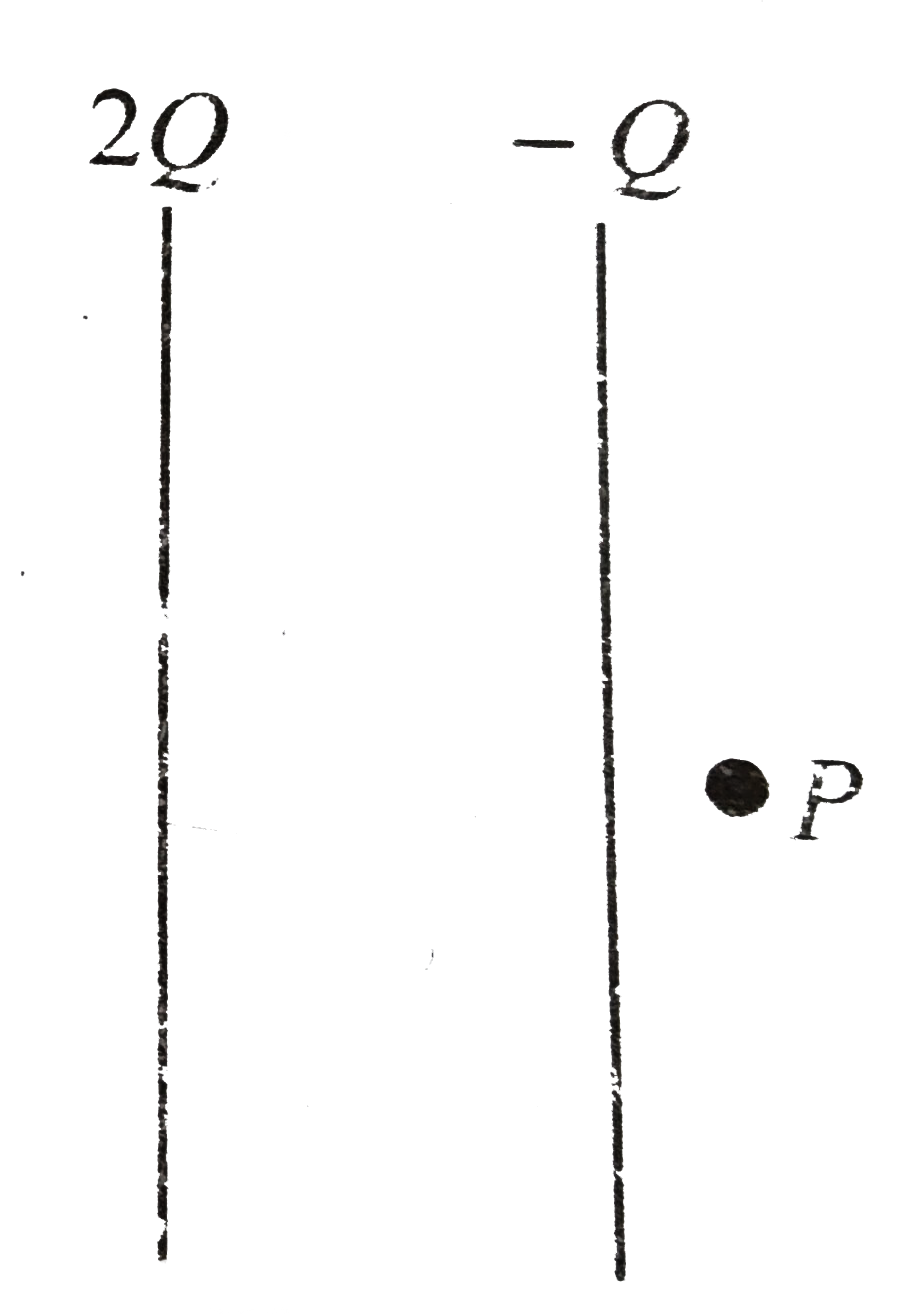If the plates of a parallel plate capacitor are not equal in area then quantity of charge
quantity of charge on the plates will be the same, but nature of charge will differ.
quantity of charge as well as nature of charge on the plates will be different
quantity of charge on the plates will be different, but nature of charge will be the same.
quantity of charge as well as nature of charge will be the same.
The correct Answer is:A
The total charge on each plate will have to be same. They should also carry opposite charges.
Topper's Solved these Questions
- MISCELLANEOUS VOLUME 3BOOK - CENGAGE PHYSICSCHAPTER - MISCELLANEOUS VOLUME 3EXERCISE - Multiple Correct Answer type
109 Videos
- MISCELLANEOUS VOLUME 3BOOK - CENGAGE PHYSICSCHAPTER - MISCELLANEOUS VOLUME 3EXERCISE - Assertion and Reason Type
8 Videos
- MECHANICAL PROPERTIES OF SOLIDSBOOK - CENGAGE PHYSICSCHAPTER - MECHANICAL PROPERTIES OF SOLIDSEXERCISE - Question Bank
4 Videos
- MISCELLANEOUS VOLUME 5BOOK - CENGAGE PHYSICSCHAPTER - MISCELLANEOUS VOLUME 5EXERCISE - Integer
12 Videos
Similar Questions
In figure , the plates of a parallel plate capacitors have unequal charges. Its capacitance is C. P is a point outside the capacitor and close to the plate of charge -Q. The distance between the plates is d. Then

View SolutionIn the figure shown the plates of a parallel plate capacitor have unequal charges. Its capacitance is 'C' P is a point outside the capacitor and close to the plate of charge −Q. The distance between the plates is 'd'

View Solution
Knowledge Check
The plates of a parallel plate capacitor are, not exactly parallel. The surface charge density therefore :
Ahigher at the closer endBthe surface charge density will not be uniformCeach plate will have the same potential at each point.Dthe electric field is smallest where the plates are closest.The plates of a parallel plate capacitor are, not exactly parallel. The surface charge density therefore :
AIs higher at the closer endBThe surface charge densitywill not be uniformCEach plate will have the same potential at each pointDThe electric field is smallest where the plates are closestIf we pull apart the plates of parallel plate capacitor then,
AThe capacitance increasesBTotal charge increasesCThe potential difference increasesDCapacitance increases
A.P.D. of V volts is applied across the plates of a parallel plate capacitor having plate area A. if Q is the charge on its plates and K is the dielectric constant of the medium, between the plates, then the plate separation is given by
View SolutionIn the reported figure, a capacitor is formed by placing a compound dielectric between the plates of parallel plate capacitor. The expression for the capacity of the said capacitor will be :
(Given area of plate = A)

View SolutionThe plates of a parallel plate capacitor are charged by a battery and the battery is disconnected after the charging. Now, the plates are placed as shown in the figure. Then (plates are not parallel to each other).
 .
.
View SolutionThe expression for the capacity of the capacitor formed by compound dielectric placed between the plates of a parallel plate capacitor as shown in figure, will be (area of plate =A)

View SolutionThe plates of a parallel plate capacitor are charged with a battery so that the plates of the capacitor have acquired the P.D. equal to e.m.f of the battery. The ratio of the work done by the battery and the energy stored in capacitor is
View Solution
